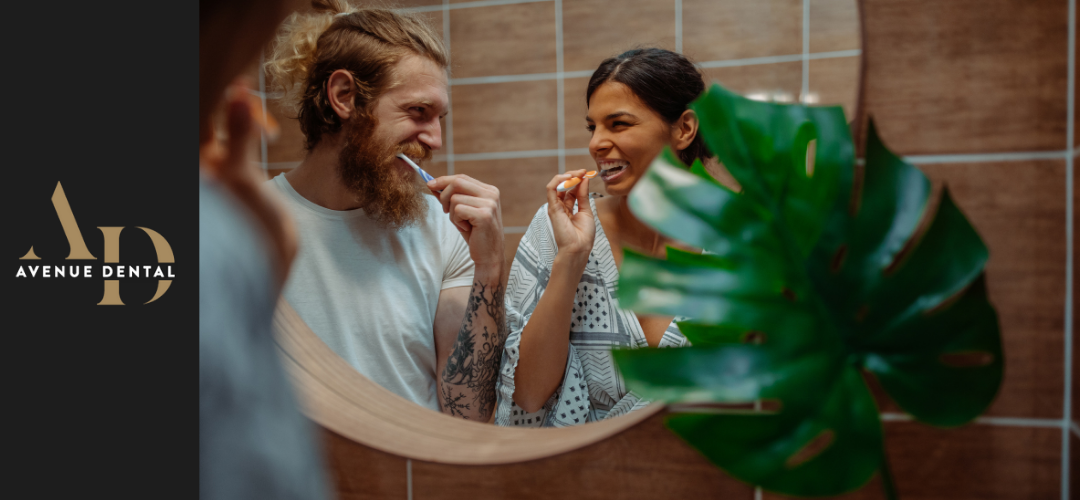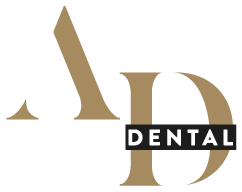How to Brush Your Teeth Like a Pro: A Comprehensive Guide
We’ve all been told since childhood about the importance of brushing our teeth, but let’s face it – there’s more to it than just squeezing toothpaste onto a brush and scrubbing away. Achieving a professional-level teeth-cleaning routine involves a bit more finesse.
Whether you’re having braces, opting for a trusty manual toothbrush, or embracing the power of an electric toothbrush, this comprehensive guide will walk you through the ins and outs of brushing your teeth like a pro.

How to brush your teeth properly
Let’s start with the basics – how to brush your teeth properly. It’s not just about vigorously moving your toothbrush around; there’s a technique involved. Begin by choosing a soft-bristled brush to avoid damaging your enamel and gums. Apply a pea-sized amount of fluoride toothpaste – you don’t need a lot.
Hold your toothbrush at a 45-degree angle to your gums and use short, gentle strokes. Pay extra attention to the outer and inner surfaces of your teeth, as well as your molars and the back of your front teeth. Don’t forget your tongue! Brushing it helps remove bacteria and keep your breath fresh.
How to brush your teeth with braces
Braces can make oral hygiene a bit trickier, but it’s essential to keep your teeth clean during orthodontic treatment. Start by rinsing your mouth with water to dislodge any loose food particles. Use a toothbrush with soft bristles and an orthodontic-friendly toothpaste.
Brush each tooth carefully, making sure to clean both above and below the wires. An interdental brush or floss threader can be useful for getting in between the wires and brackets. Don’t rush – take your time to ensure a thorough cleaning. And, of course, maintain regular dental check-ups to address any concerns or adjustments needed for your braces.
How long to brush your teeth after an extraction
If you’ve recently had a tooth extraction, the care for your oral health takes on a slightly different approach. Wait at least 24 hours after the extraction before brushing your teeth, and then do so gently. Avoid the extraction site for the first few days to allow for proper healing. If your dentist recommends any specific instructions, follow them diligently.
How to brush your teeth with a manual toothbrush
If you’re a loyalist to the classic manual toothbrush, don’t worry – it can be just as effective when used correctly. As mentioned earlier, opt for a soft-bristled brush, and follow the same technique outlined for brushing your teeth properly. Make sure to replace your manual toothbrush every three to four months, or sooner if the bristles appear frayed.
A little pro tip: consider using a toothbrush with a small head – it can provide better access to hard-to-reach areas, such as the back of your mouth, and is generally more maneuverable.
How to brush your teeth with an electric toothbrush
Electric toothbrushes have become increasingly popular for their efficiency in plaque removal and ease of use. When using an electric toothbrush, apply the same principles as with a manual one – 45-degree angle, short strokes, and attention to all surfaces. The advantage here is that the electric brush’s oscillating or rotating motion can do some of the work for you.
Let the brush do the brushing! Guide it along your teeth and gums. Some electric toothbrushes come with built-in timers, ensuring that you brush for the recommended two minutes. Remember to replace the brush head every three to four months for optimal performance.
How to brush your teeth properly step-by-step with pictures
A video is worth a thousand words, especially when it comes to oral hygiene. To ensure you’re hitting all the right spots, let’s break down the steps visually:
- Wet your toothbrush: Before applying toothpaste, wet your toothbrush to help spread the toothpaste evenly.
- Apply toothpaste: Use a pea-sized amount of toothpaste. More doesn’t mean better – it’s about the quality of your brushing technique.
- Angle your brush: Hold your toothbrush at a 45-degree angle to your gums. This helps clean along the gumline and prevents damage to your enamel.
- Brush in short strokes: Use short, gentle strokes back and forth, covering the outer and inner surfaces of your teeth.
- Brush your tongue: Don’t forget your tongue! Gently brush it to remove bacteria.
- Rinse your mouth: Finish by rinsing your mouth with water to remove any lingering toothpaste.
How long should you brush your teeth for?
The NHS advises brushing your teeth for a minimum of two minutes, twice a day. While it might feel like a bit of a marathon, it’s essential for getting rid of plaque effectively and keeping your oral health in top shape. To help those two minutes breeze by, why not pop on your favourite tune or set a timer to make sure you reach that two-minute milestone? And don’t forget, it’s not only about how long you brush – the technique plays a crucial role too.
Conclusion
Brushing your teeth might seem like a mundane task, but doing it like a pro can make all the difference in your oral health. From mastering the basics to navigating braces or choosing between manual and electric toothbrushes, the key is consistency and attention to detail.
So, grab your toothbrush, put on your favourite song, and make those pearly whites shine! Your smile will thank you for it.
FAQs
Yes, overbrushing can lead to enamel erosion and gum recession. Stick to the recommended two minutes and use gentle strokes.
Absolutely! Bacteria reside on the tongue, contributing to bad breath. Gently brush your tongue during your oral care routine.
Yes, many electric toothbrushes have kid-friendly options. Ensure the brush head is appropriate for their age.
Replace your toothbrush every three to four months, or sooner if bristles show signs of wear.
It’s advisable to wait at least 30 minutes after consuming acidic foods to prevent enamel damage.

